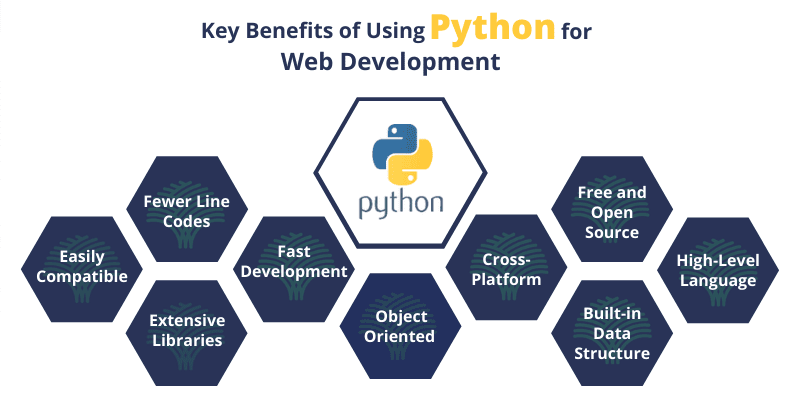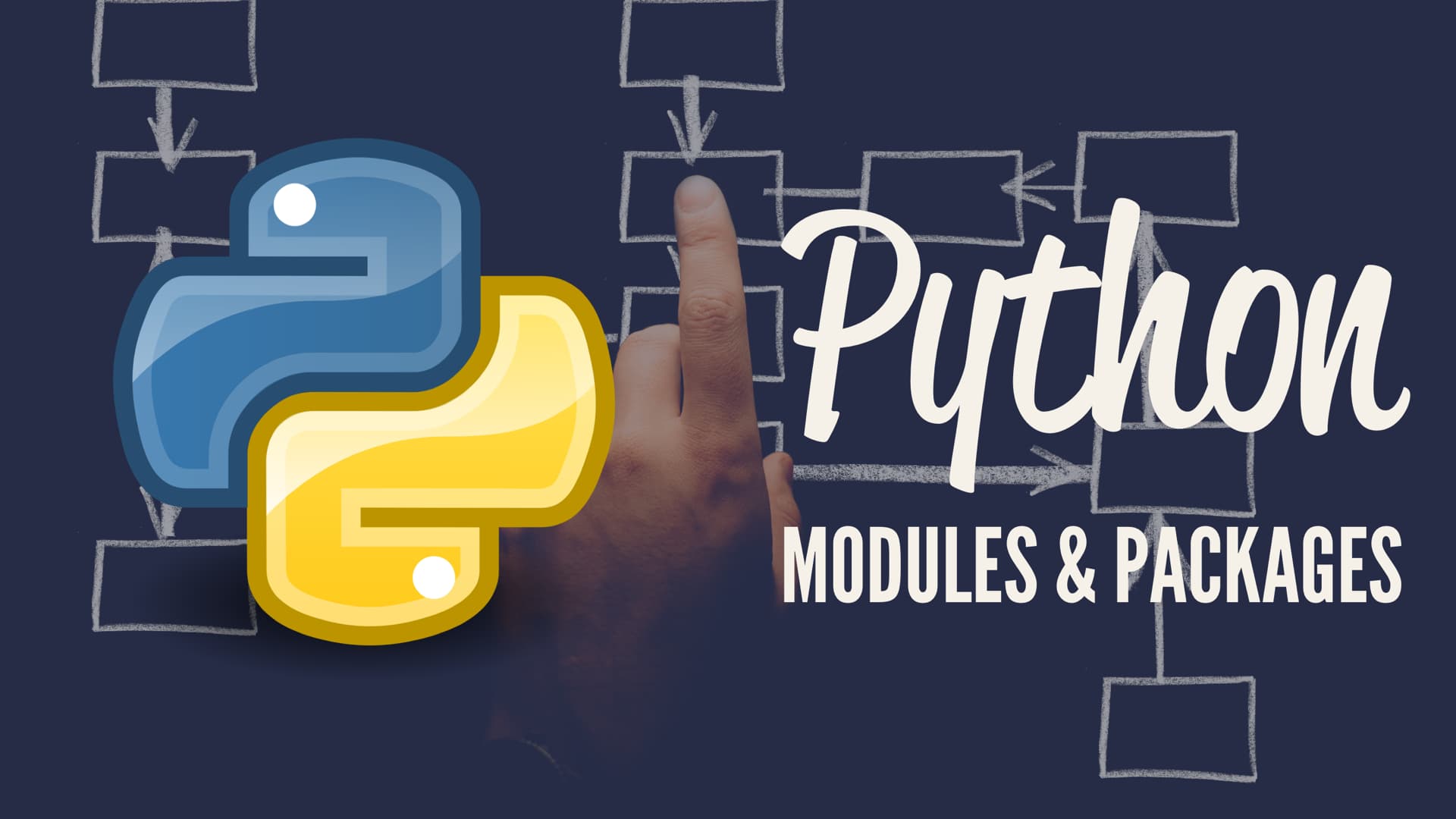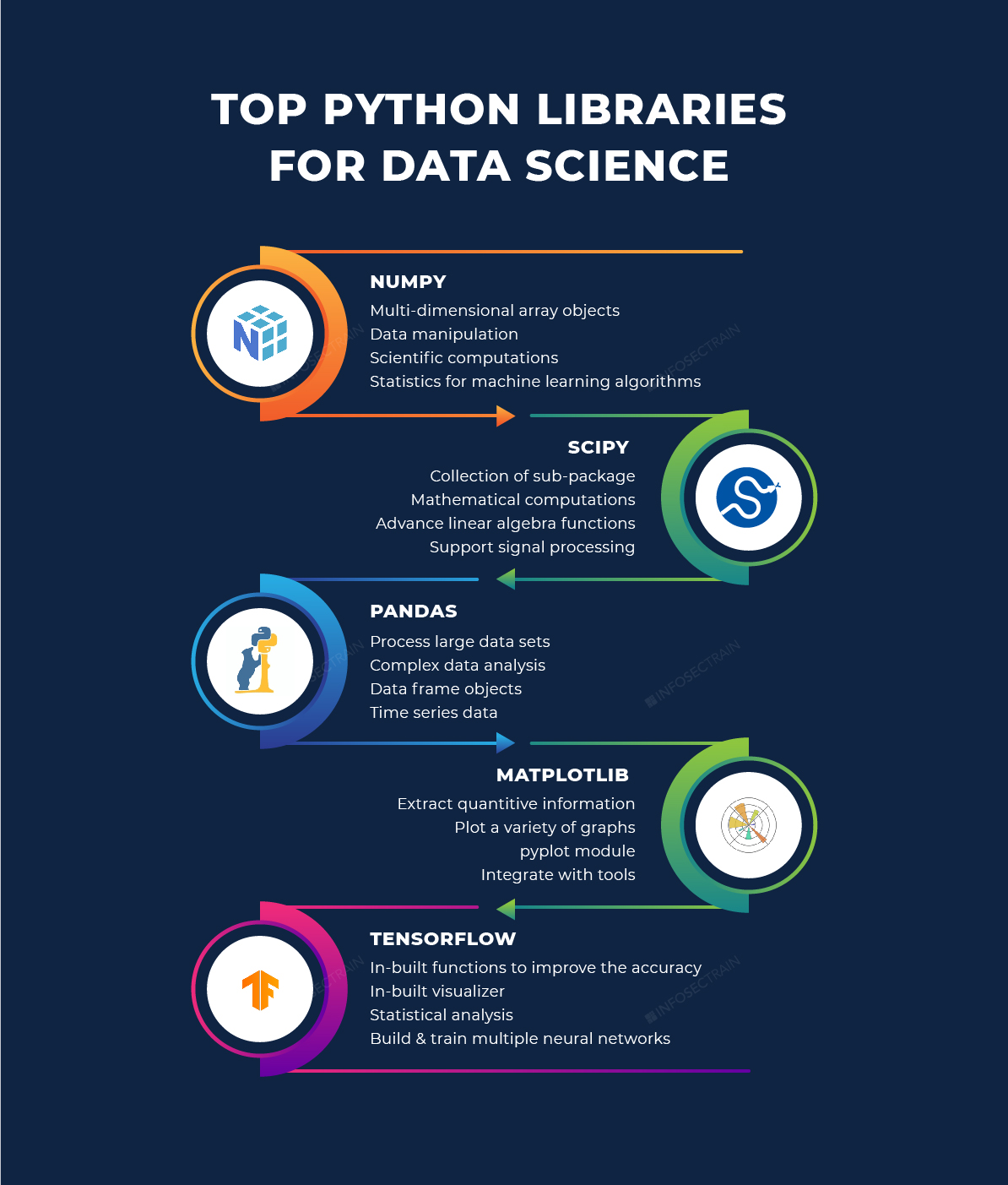Python Development Presentation
| Introduction to Python Development | ||
|---|---|---|
| Python is a high-level programming language known for its simplicity and readability. Python is an interpreted language, meaning that code is executed line by line, making it ideal for rapid development. Python has a large and active community that provides extensive documentation and support. | ||
| 1 | ||
| Benefits of Python Development | ||
|---|---|---|
| Python offers a wide range of libraries and frameworks, such as Django and Flask, which help streamline development processes. Python's syntax and structure make it easy to learn and understand, making it a suitable choice for beginners. Python's versatility allows it to be used for various applications, including web development, data analysis, machine learning, and more. | ||
| 2 | ||
| Python Development Environment | ||
|---|---|---|
| Python can be run on different platforms, including Windows, macOS, and Linux. Python's standard library provides a comprehensive set of modules, eliminating the need for third-party packages in many cases. Integrated Development Environments (IDEs) like PyCharm and Visual Studio Code offer features such as code completion, debugging, and version control integration. | 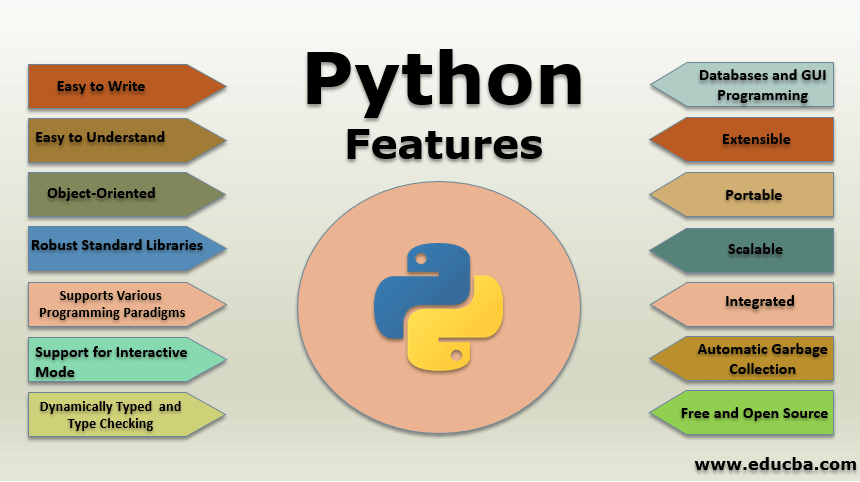 | |
| 3 | ||
| Python Syntax and Features | ||
|---|---|---|
| Python uses indentation to define blocks of code, making it visually clear and easy to read. Python supports object-oriented programming (OOP) concepts, including classes, objects, and inheritance. Python's dynamic typing allows for flexibility in variable declaration and type inference. | ||
| 4 | ||
| Python Modules and Packages | ||
|---|---|---|
| Python modules are reusable files that contain Python code, making code organization and reusability easier. Python packages are directories that contain multiple modules, allowing for better code organization and module management. The Python Package Index (PyPI) hosts thousands of third-party packages that can be easily installed using package managers like pip. | ||
| 5 | ||
| Web Development with Python | ||
|---|---|---|
| Python's frameworks, such as Django and Flask, provide powerful tools for building web applications. Django is a full-featured framework that follows the Model-View-Controller (MVC) architectural pattern. Flask is a lightweight framework that provides flexibility and simplicity for smaller web applications. | ||
| 6 | ||
| Data Analysis with Python | ||
|---|---|---|
| Python's libraries, such as NumPy and Pandas, make data manipulation and analysis efficient and straightforward. Matplotlib and Seaborn are popular Python libraries for data visualization and creating plots and charts. Python's integration with Jupyter Notebooks allows for interactive data analysis and documentation. | ||
| 7 | ||
| Machine Learning with Python | ||
|---|---|---|
| Python's libraries, like scikit-learn and TensorFlow, provide tools for machine learning and artificial intelligence applications. scikit-learn offers various machine learning algorithms and utilities for tasks like classification, regression, and clustering. TensorFlow is a powerful framework for building and training deep learning models. | ||
| 8 | ||
| Testing and Debugging in Python | ||
|---|---|---|
| Python's built-in unittest module provides a framework for writing and running tests to ensure code quality. Debugging in Python is made easy with the help of tools like pdb and integrated debugging features in IDEs. Python's logging module allows developers to implement logging for better error handling and troubleshooting. | ||
| 9 | ||
| Conclusion | ||
|---|---|---|
| Python development offers a wide range of advantages, including simplicity, versatility, and an active community. Python's extensive libraries and frameworks make it suitable for various applications, from web development to data analysis and machine learning. With its easy-to-learn syntax and powerful features, Python is an excellent choice for both beginners and experienced developers. | 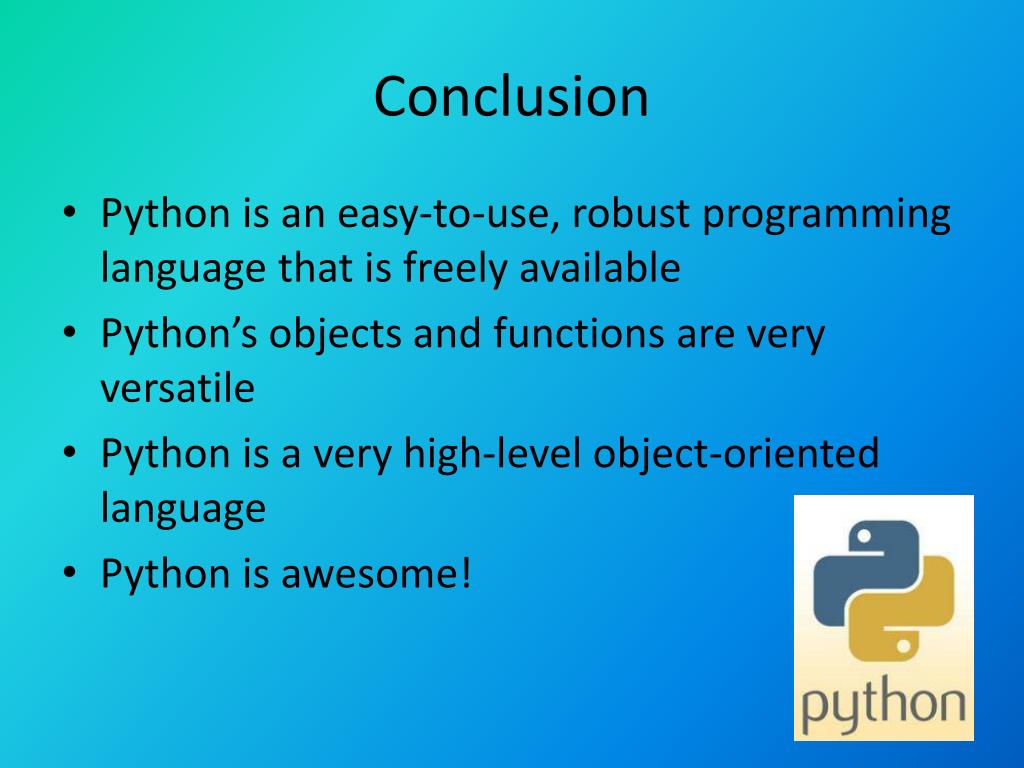 | |
| 10 | ||

